The carburetor is an essential component of a motorcycle’s fuel system. It regulates the flow of fuel into the engine, ensuring that the engine is provided with the correct amount of fuel for optimal performance.
The carburetor can be compared to the faucet in your kitchen. Just like the faucet regulates the flow of water into your sink, the carburetor regulates the flow of fuel into the engine. It controls the mix of fuel and air that enters the engine, ensuring that the engine receives the correct amount of fuel for optimal performance.
Think of the carburetor as the conductor, managing the delicate balance between fuel and air, to provide the engine with a steady supply of the right fuel mixture, just like how a faucet controls the flow of water to suit your needs.
The function and dependability of your carburetor can be the difference between cruising the open road for weeks on end and sputtering your way to a garage facing hefty mechanic fees.
One of the most popular and dependable carburetors in the motorcycle industry is the Mikuni carburetor. In this article, we will discuss everything you need to know about the Mikuni carburetor, including how to identify mikuni carburetors across the different models.
History of Mikuni
The Mikuni American Corporation is originally a Japanese company that was founded in 1919 by Mikuni Soichiro. Initially, the company focused on producing small machinery and later expanded into the production of carburetors for motorcycles and other small internal combustion engine applications.
Mikuni Kogyo Carburetors is the original company that manufactured Mikuni carburetors, and it is now a subsidiary of Mikuni Corporation.
In the 1960s, Mikuni American Corporation carburetors became popular among racing enthusiasts, particularly in the off-road racing scene. Their ability to provide consistent power in demanding conditions made them the preferred choice of many racers.
As they began to be introduced to riders, Mikuni carburetors quickly gained popularity due to their high performance and reliability.
Mikuni carburetor parts are known for their simple design, easy tuning, and reliability. They have become a staple in the motorcycle industry, and their popularity has only continued to grow in recent years.
[recent_post_carousel design=”design-1″]
Mikuni Carburetor Diagram
The Mikuni carburetor is made up of several key components that work together to provide reliable and high-performance engine fuel delivery. Some of the most important parts of a Mikuni carburetor include:
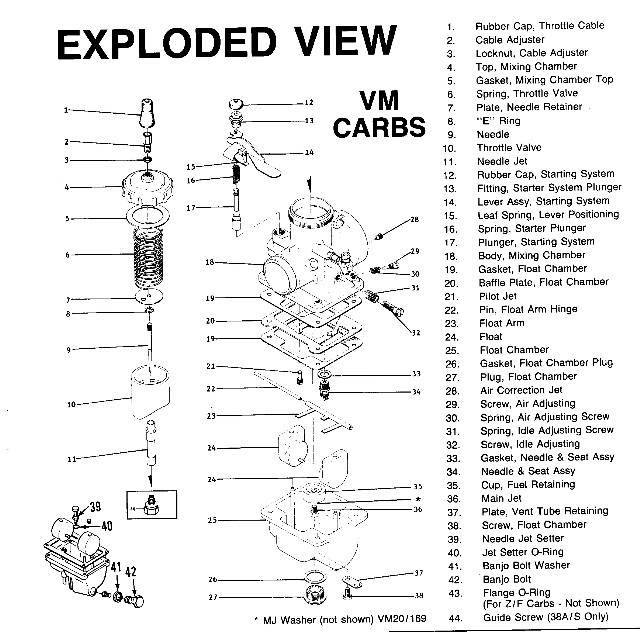
- Carburetor Body: The carburetor body is the main component of the carburetor and houses all of the other parts. The carburetor body is usually made from aluminum or other lightweight materials and is designed to be strong and durable.
- Slide: The slide is a movable component that regulates the amount of air that enters the carburetor. The slide is usually shaped like a disk or a flat plate and is connected to the throttle cable. When the throttle is opened, the slide moves upward, allowing more air to enter the carburetor.
- Jet: The jet is a small nozzle that regulates the amount of fuel that enters the carburetor. The size of the jet determines the fuel/air mixture, and the jet can be adjusted to fine-tune the engine’s performance.
- Needle Valve: The needle valve controls the flow of fuel into the carburetor by adjusting the fuel/air mixture. The needle valve is connected to the float and is responsible for maintaining a constant fuel level in the carburetor.
- Float: The float is a buoyant component that regulates the fuel level in the carburetor. The float is connected to the needle valve and helps to maintain a constant fuel level, even when the motorcycle is riding over rough terrain.
- Air Filter: The air filter is responsible for filtering out dirt, dust, and other contaminants from the air before it enters the carburetor. The air filter is usually located at the inlet of the carburetor and is designed to be easily replaceable.
Popular Mikuni Carburetor Models
Mikuni offers a wide range of carburetor models to suit a variety of engines and riding styles. Some of the most popular models include:
- VM Series: This is Mikuni’s standard round slide carburetor and is used on a variety of street and off-road motorcycles. The VM series is known for its durability, ease of tuning, and versatility.
The Mikuni VM34 carburetor is a popular choice among motorcycle riders and enthusiasts due to its compact size, high performance, and ease of use. The VM34 carburetor is designed specifically for use in high-performance engines and is well-suited for use in a wide range of applications, including custom bikes, racing bikes, and more.
One of the key features of the Mikuni VM34 carburetor is its compact size. This makes it a popular choice for use in smaller engines or for applications where space is limited.
- TM Series: The TM series is a flat slide carburetor that is designed for high-performance applications. This model features a flat slide throttle valve, which provides a quicker throttle response and improved engine performance.
- HSR Series: The HSR series is a popular choice among Harley-Davidson riders. This model is designed to be a direct replacement for the Harley-Davidson’s stock carburetor and provides improved performance and reliability.
- 28mm Model: The 28mm Mikuni carburetor is a popular choice among motorcycle riders due to its versatility and high-performance capabilities. This model is designed to be used on a wide range of engines, from street and off-road motorcycles to high-performance racing engines.
One of the key features of the Mikuni Carburetor 28mm model number is its large diameter, which allows for increased airflow and improved engine performance. The Mikuni 28mm carb also features a simple and straightforward design, which makes it easy to understand and work with.
- RS Series: The RS series is a racing-oriented carburetor that is designed for high-performance applications. This model features a wide range of tuning options and is capable of supporting high-horsepower engines.
Mikuni Carb Sizes
Aside from the sizing of popular mikuni carb models, mikuni carb size can vary. To determine which size carburetors you have, you’ll need to understand the following:
The Mikuni carburetor has a code or designation such as HSR 42 or TM 42, where HSR or TM represents the design of the carburetor and 42 indicates the bore size in millimeters on the engine end. The carburetor has two ends, one connected to the engine and the other to the air filter. To determine the design and size of your carburetor, check for a stamped marking on the engine end. If there is no marking, or it is faded, use a Vernier caliper or steel scale to measure the inside diameter bore size in millimeters.
How To Identify Mikuni VM Carb Size
To identify the size of a Mikuni VM carburetor, follow the same procedure outlined above, just make sure that you’re working with genuine Mikuni carburetors prior to attempting it.
How To Know If Your Mikuni Carb Is Original Or Fake
Mikuni carburetors that are authentic, and not counterfeit, are made of die-cast aluminum alloy and bear the clear and prominent markings “MIKUNI CORP” and “MADE IN JAPAN” casted onto the body.
How To Identify Mikuni Carb Model
You can identify your mikuni carb model with the following information:
The carburetors HSR 42, TM 42-6, and TM 42-6PK are identical except for the body finish, while HSR 45, TM 45-2K, and TM 45-2PK are the same except for the body finish.
Additionally, Mikuni HS 40 and TM 40-6 are equivalent. To determine the appropriate carburetor for your engine based on bore size. For example, a bore size of 48 mm corresponds to the HSR 48 carburetor, as it is the only Mikuni carburetor with that bore size. Similarly, a bore size of 42 mm indicates an HSR 42 carburetor, while a bore size of 45 mm corresponds to an HSR 45 carburetor.
If the bore size is 38 mm, your options include TMX 38-27, TMX 38-18, TM 38-85, TM 38-86, or VM 38.
If unsure about the bore of your carburetor, follow the carburetor sizing instructions outlined above.
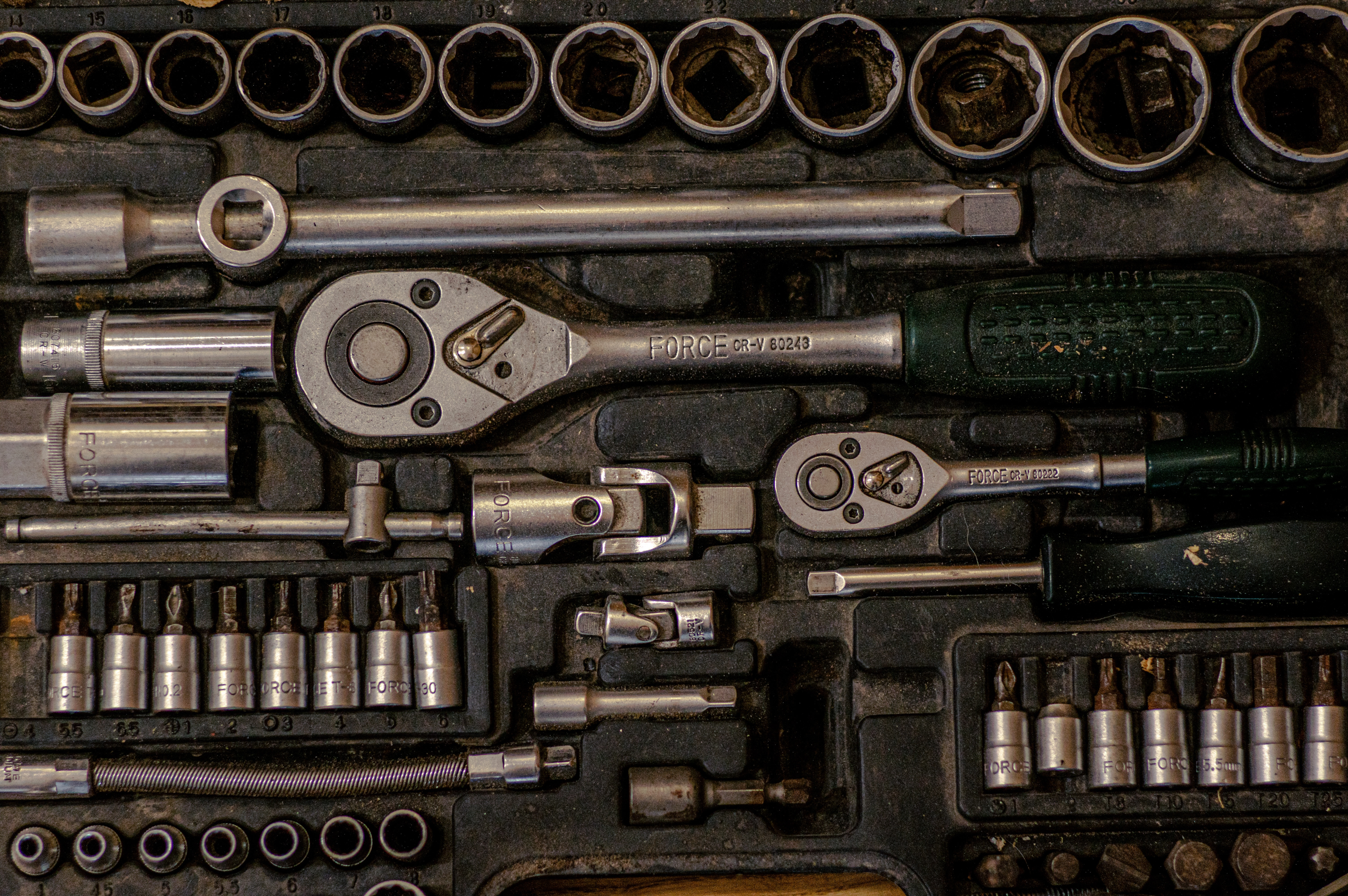
Conclusion
The Mikuni carburetor is a well-designed and highly effective component of a motorcycle’s fuel system. It provides consistent performance, even under changing engine conditions, and can be easily tuned to match the engine’s requirements.
Make sure that you choose the right model type for your needs, and that you identify your Mikuni carburetor to be authentic. Regular maintenance is then necessary to keep the carburetor in optimal condition, but with proper care, a Mikuni carburetor will provide reliable performance for many miles.
When looking for replacement parts or doing repairs, always ensure that you find a reliable source you can trust and that the parts are authentic.
Whether you’re a professional mechanic or a weekend rider, understanding the basics of the Mikuni carburetor will help you get the most out of your motorcycle.
See you on the open road!
FAQs
What Are The Benefits Of Flat Slide Carburetors?
Flat slide carburetors were initially developed for racing motorcycles as they greatly improve throttle response when compared to other carburetors. This is because flat slide carburetors eliminate the need for floats in the float chamber – the floats and float chamber are removed entirely – and instead, the carburetor is operated by a throttle cable instead of a rising float fuel level and vacuum actuation of the slide.
Are Mikuni Carbs Street Legal?
Not so much anymore I don’t believe. At one point in time, Mikuni carbs were used on street production motorcycles; however, as environmental restrictions have grown over time the brand has repositioned themselves for aftermarket and “offroad” installation only. So you won’t find street legal motorcycles (not that carburetors are mass produced anymore) but are still commonly found on dirt bikes and the like.




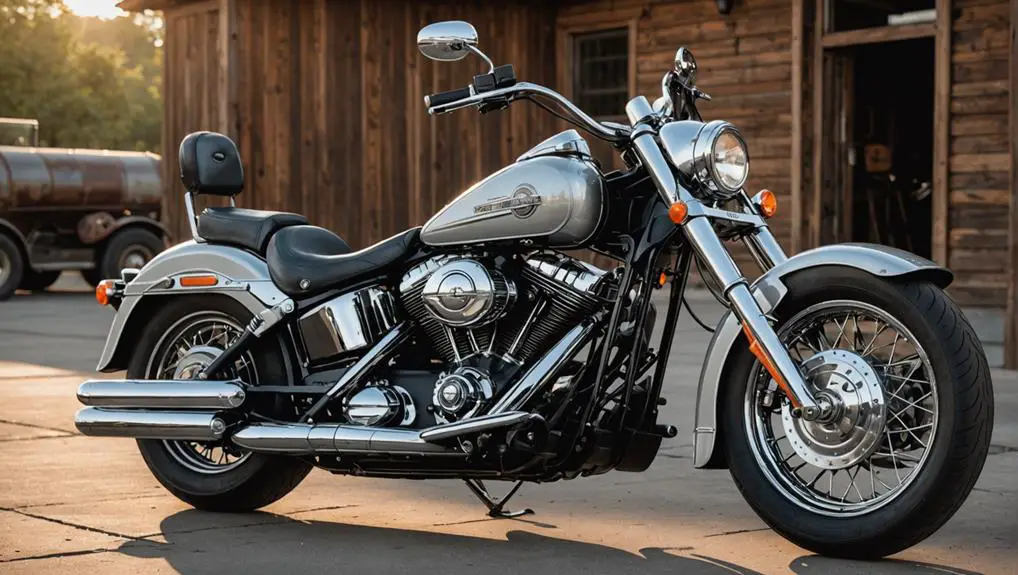
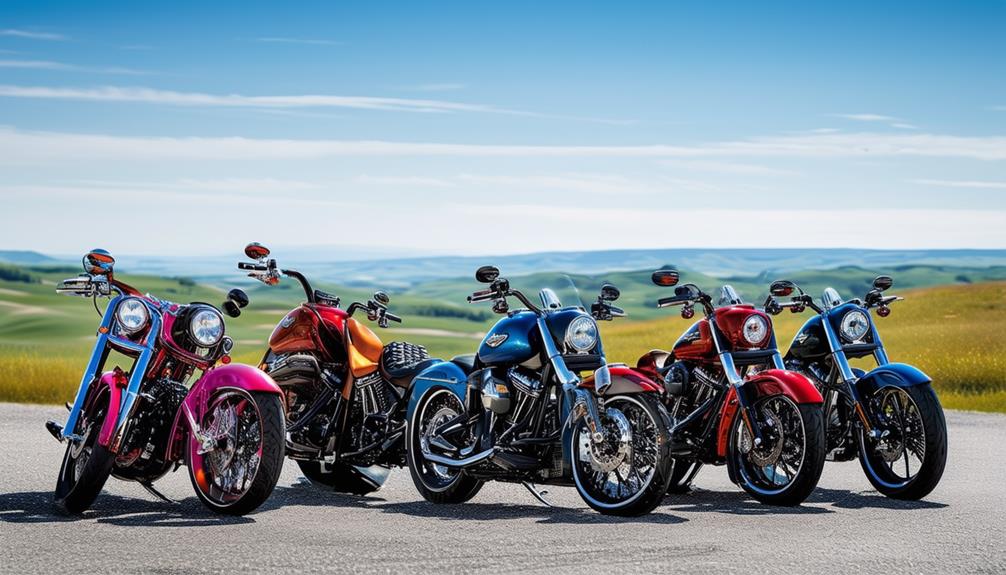
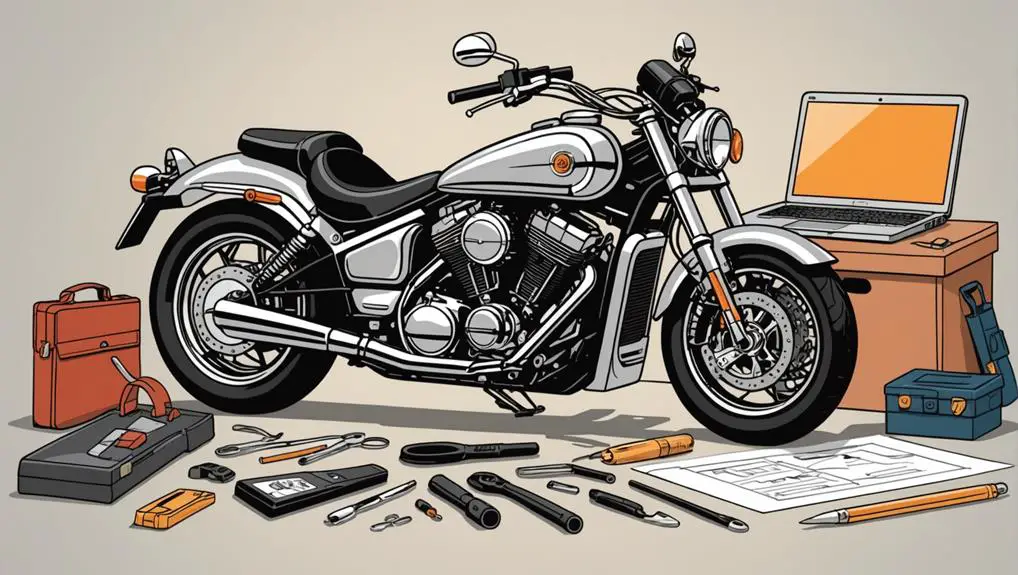
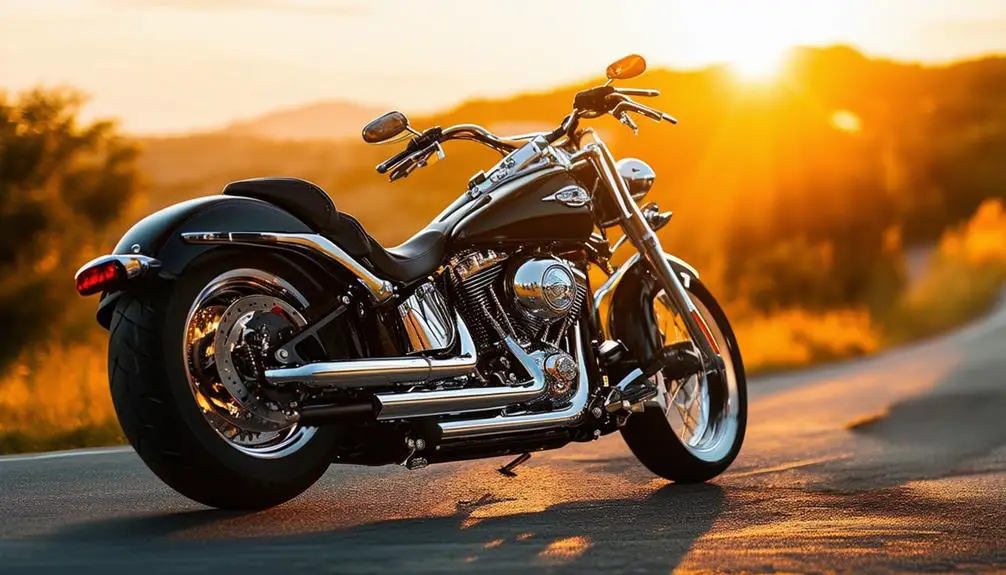
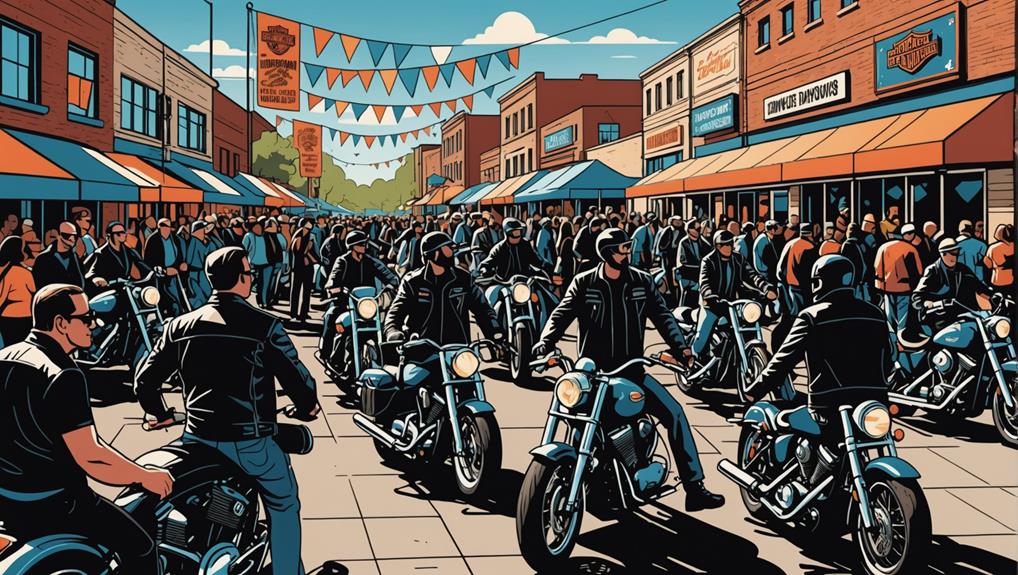
Leave a Reply
You must be logged in to post a comment.